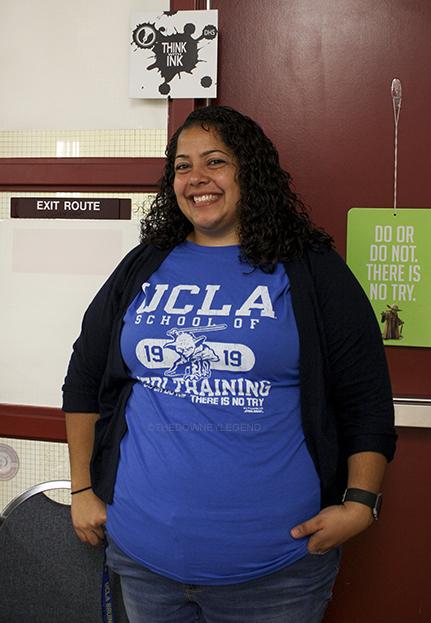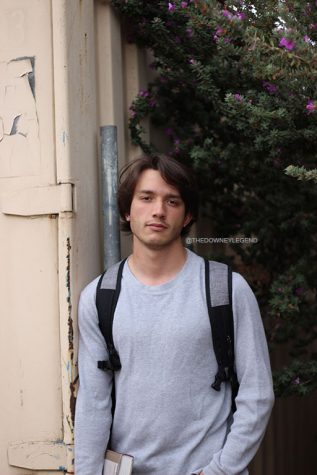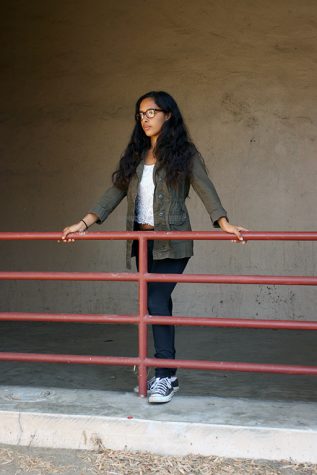Science with Ink
October 18, 2016
The DHS Science Department, especially with Project Lead the Way, is incorporating standards through Think with Ink, into its classrooms.
Think with Ink began as a response to Common Core initiatives. Dr. John Garcia, Superintendent of the Downey Unified School District, initiated a district wide conversation between teachers and students about the one thing students needed to know upon leaving high school. The answer they came up with was critical thinking through writing: Think with Ink.
Biomedical science teacher Mr. Hwang has offered a different perspective as to Think with Ink in science subjects at Downey High School. He says that critical thinking and project management in science is implemented through problems, data and analysis. Students receive an assignment and pull out their computers to research it and evaluate lab protocols designed to test a theory or hypothesis pertaining to the assignment.
“So yeah, everything they’re doing they have to,” Mr. Hwang said. “There’s always a background for it; there’s always a justification for it.”
As to the merits of Think with Ink school goals, Mr. Yamasaki, D building’s engineering teacher, has involved his classes with practical approaches to science through number configuration, data testing and accurate analysis in hands-on experiments.
“It’s always good to get the book theory, but that’s about all it is; it’s theory,” Mr. Yamasaki said. “So when they actually get to use their hands and test it in the real world, they see it doesn’t match, and that’s really where the thinking with the ink comes into play.”
Although science has incorporated Think with Ink based reasoning into its classes. Ms. Lara, a chemistry teacher in C building, still follows the same teaching ideas she has had for years because after all science is logic and reasoning based.
“We call it Think with Ink now, basically, and emphasize the justification,” Ms. Lara said. “When I explain that it’s something we’ve always been kind of doing, then, yeah, they get it.”
Hesitant students should no longer groan when they hear “Think with Ink” in their science classes. Whatever the idea propelling Think with Ink education, it has manifested itself in science courses through labs and research. Science has taught us the critical thinking skills necessary to formulate ideas and put them on paper.





